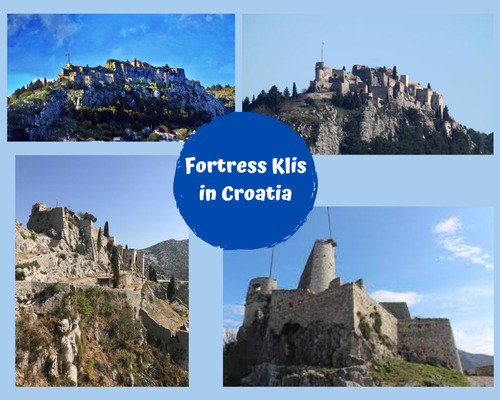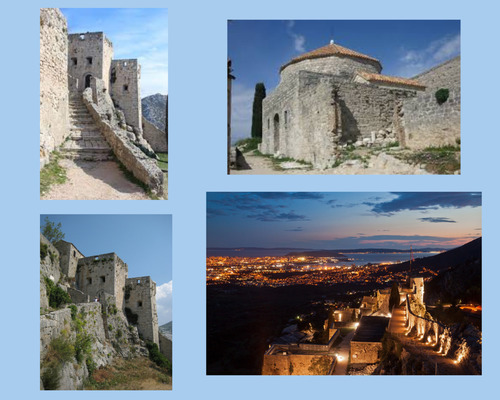Valentina Lasić, OŠ dr. Franje Tuđmana, Brela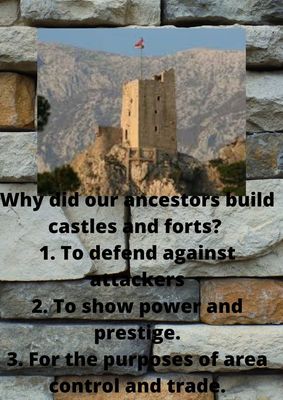
GORANA BABIĆ, PRIMARY SCHOOL DR. FRANJE TUĐMANA BRELA
DUARE FORTRESS
DUARE FORTRESS IS 1O KILOMETRES FAR FROM BRELA IN THE COUNTRYSIDE
It has aLways been important strategic point of the Dalmatian hinterland- it is the door to the sea.
The fortress was built in the second half of the l5th century as a defence from the incoming Turkish invasions.
Zadvarje was mentioned in a 1408 gift deed of the Bosnian king Stjepan Ostoja.
The very fortress was probably built between 1478 and 1482, that is, when the Venetian power crossed the Cetina River and took over the lands .
The Turks conquered Zadvarje and held it until 1684. It was a border between the Venetian Republic and the Otoman Empire.
The plot of world's most famous ballad Hasanaginica was set here. Hasan-aga died in the battle near Duare ( Zadvarje).
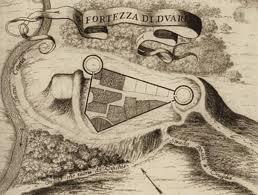
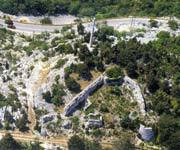
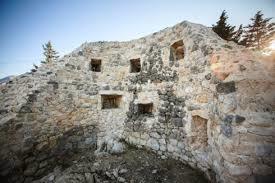
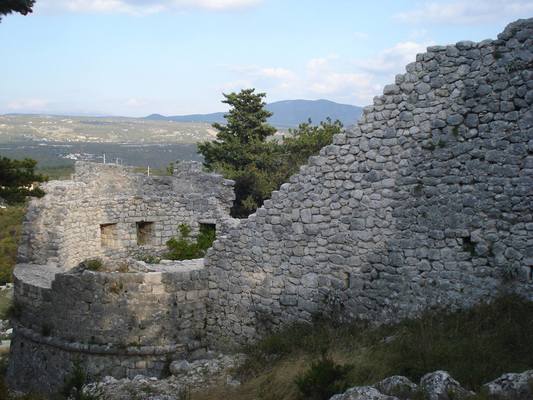
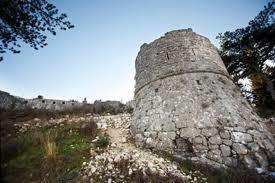
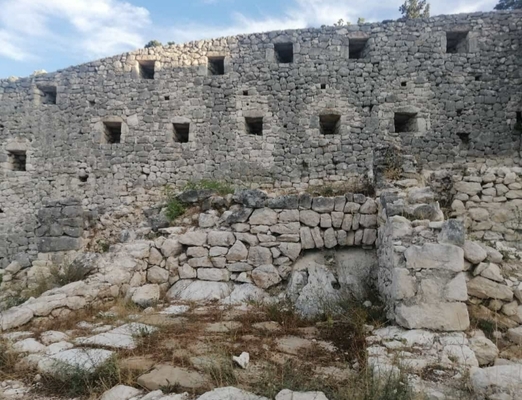
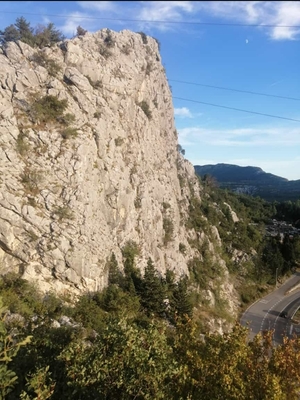
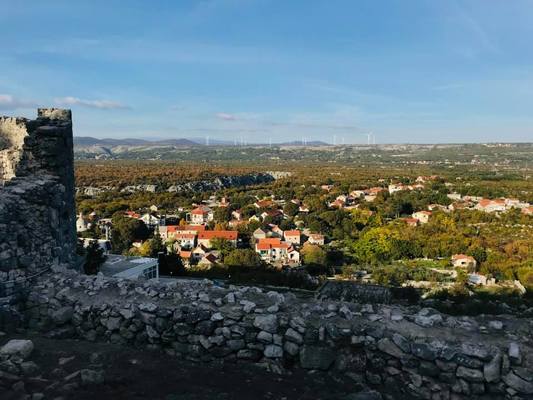
Mirabela Fortress
It also known as Peovica, is above the Old Town of Omis at a height of more than 200 meters. It was built in the 13th century and served as an observatory for enemies, most often Venetians. From it, Omis pirates could see enemy galleys, so the city would be on alert even before these ships approached Omis.Legend has it that during the Turkish attack on the city in the middle of the 16th century, Omis defenders from the top of Mirabela shouted and fired so hard towards the Cetina canyon that the echo gave the impression that the defenders were much more than their estimates and the Turks left the battle and the city.
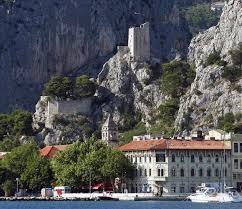
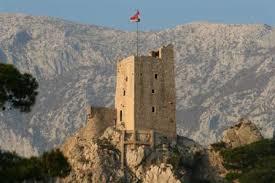
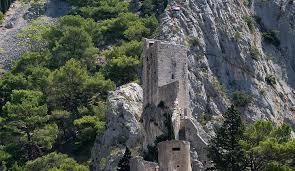
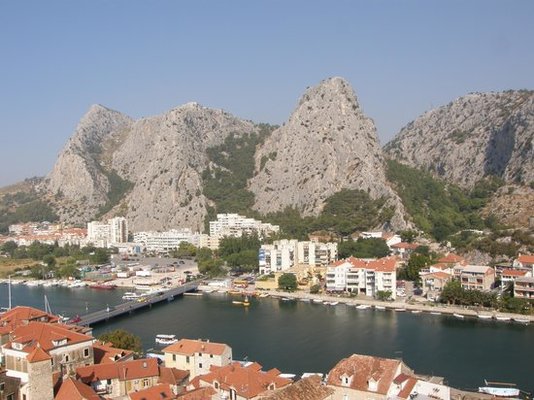
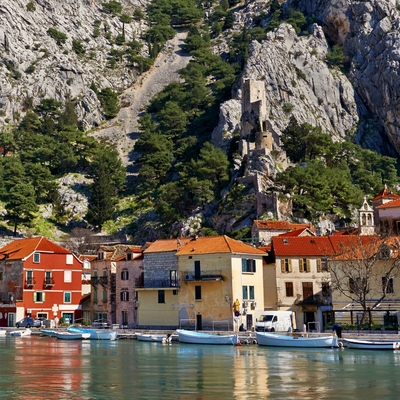
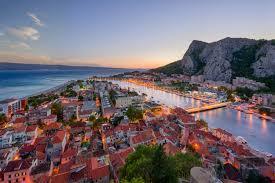
Castle Bogenšperk, Slovenija
Bogenšperk Castle is located in the municipality of Šmartno near Litija. It is one of the most important cultural and historical monuments in Slovenia. The castle is beautifully preserved and renovated, and it also houses a museum. The castle was inhabited in the 17th century by the important writer, geographer and publisher J.V. Valvazor.
(Julija)
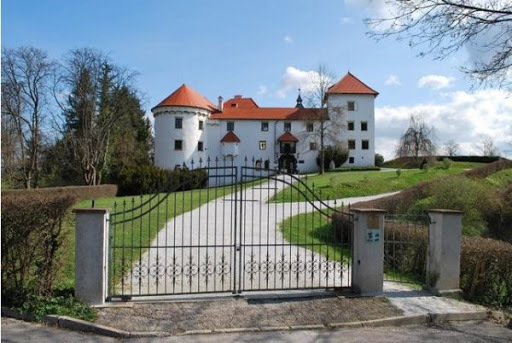
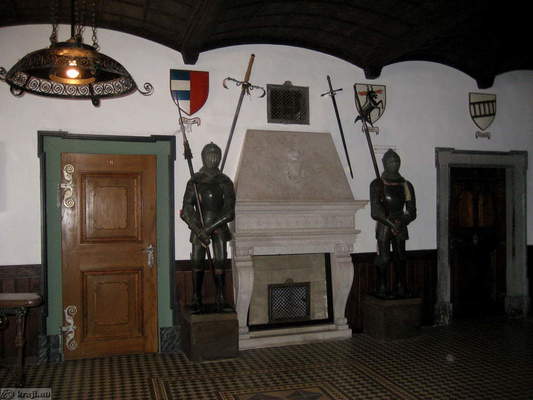
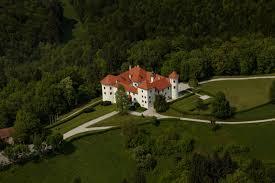
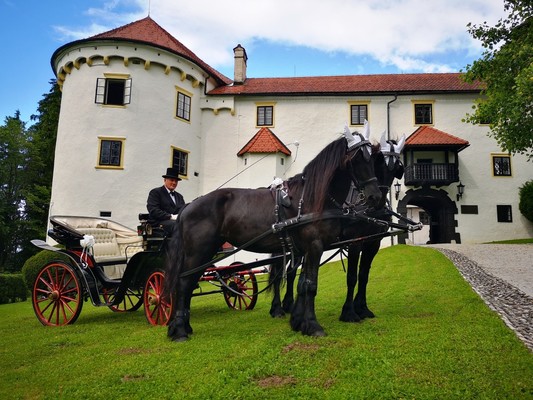
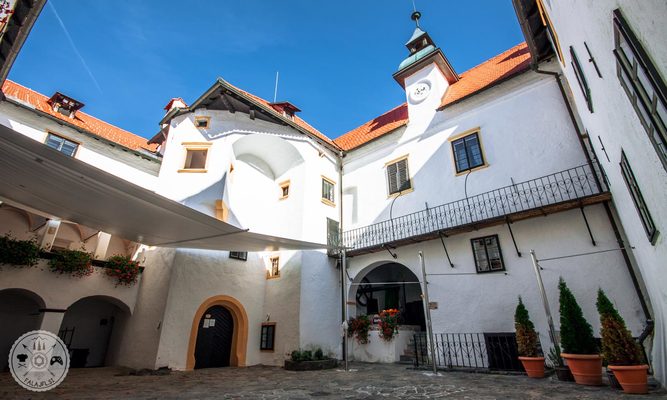
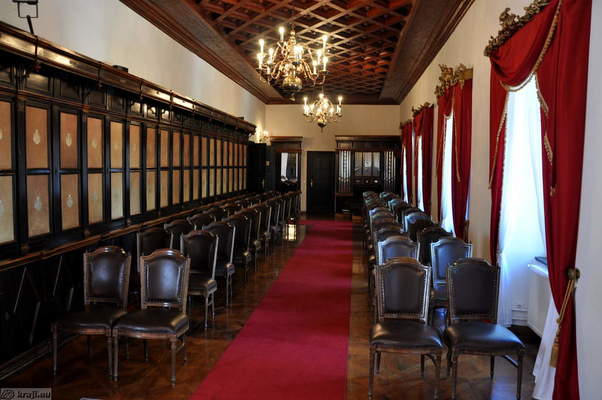
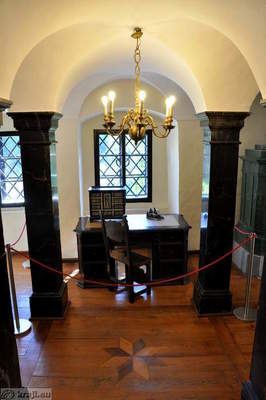
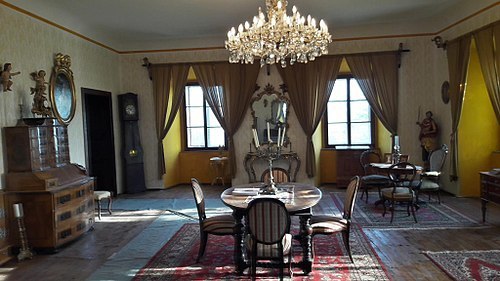
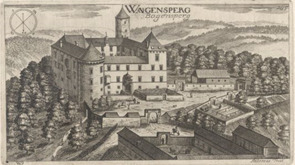
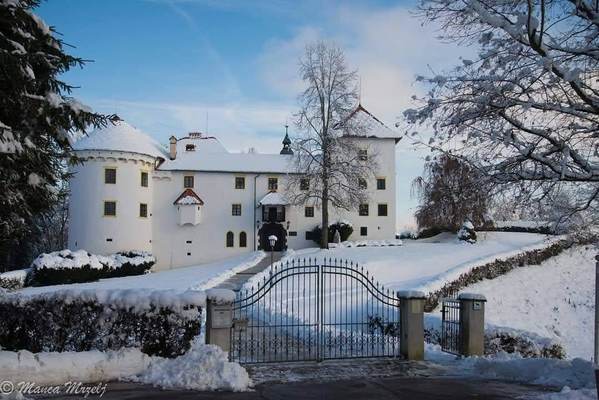
TVRĐAVA KUK (CASTLE KUK), KUČINE, CROATIA
Nives Bogdan and Jelena Kelava,
Primary school kraljice Jelene,
Kučine, Solin
Gradina is a fortress on a hill near Kučine, below hill Mosor. It was built in the Middle Ages. It is named after the toponym Cilco, i.e. Kuk, and later Kučine after them, then under the names Pod Kuk, etc. It was fortified in the 16th century to defend against Ottoman incursions.
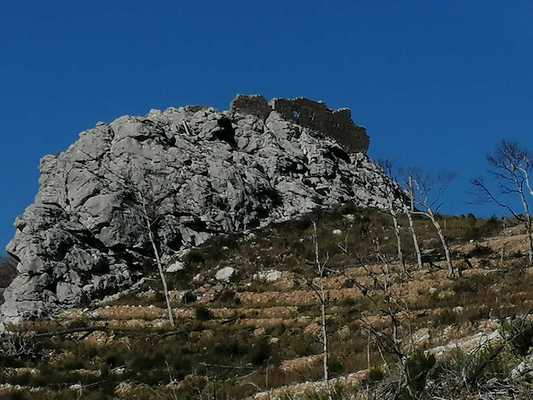
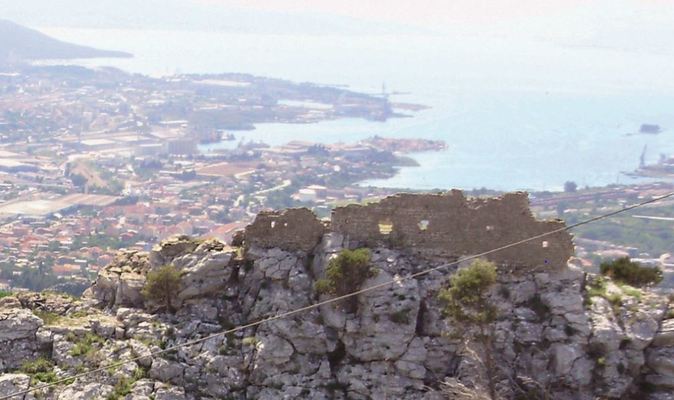
SLOVAKIAN CASTLES
ĽUBOVŃA CASTLE called after our town Stará Ľubovňa.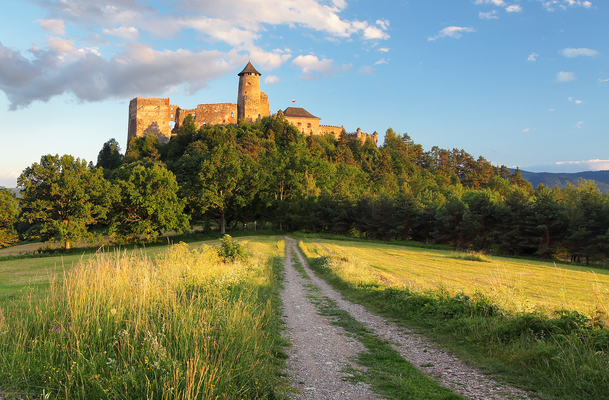
Ľubovňa Castle rises above the town of Stará Ľubovňa since 1311.
Everybody can see the majestic castle from afar, standing on a limestone cliff and making it clear that it is ruling the northeastern part of Spiš. At the time of its creation, the castle was included in the system of border castles in the north of Hungary. So at that time, it guarded the Hungarian-Polish border, thereby protecting the trade route to the neighboring country.
During its most famous period, the castle hosted many prominent kings, including Sigismund of Luxembourg and Vladislaus II Jagiellon. At that time, Ľubovňa also kept Polish Crown Jewels.
In 1768, an adventurer, a traveler and later a king of Madagascar - Maurice Benyovszky - was even imprisoned in the castle tower for ten months.
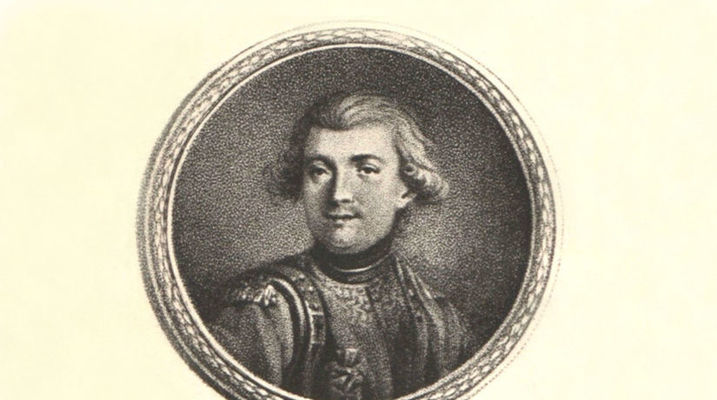
Maurice Benyovszy - photo: Wikimedia

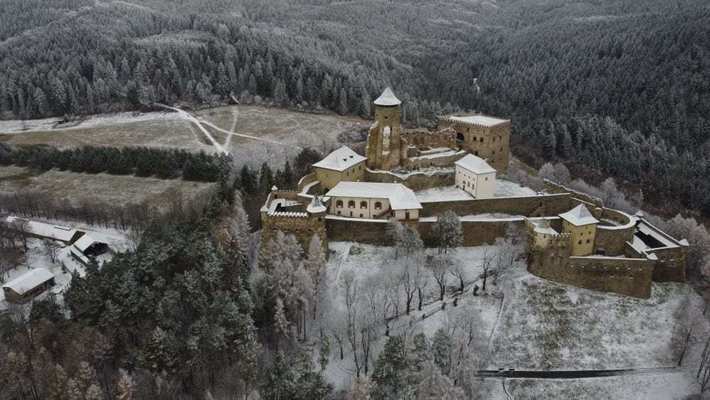
(author: Róbert Boško, English teacher)
Serbian castles
Here is presentation made by my student Iva Petronijević 8/3 about Serbian fortresses:
СРЕДЊОВЕКОВНА УТВРЂЕЊА.pptx
My student Tatjana Antonijević, 5/3 made this photo from Kalemegdan Belgrade fortress:
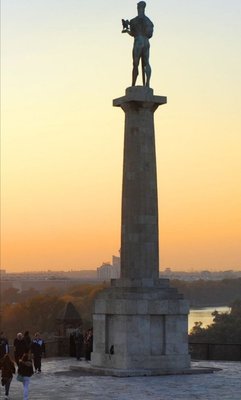
Baradello Castle, Como - ITALY
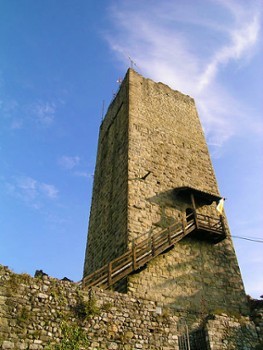
Suzana Jagić, Primary school Ivanec, Croatia
Castle Trakošćan
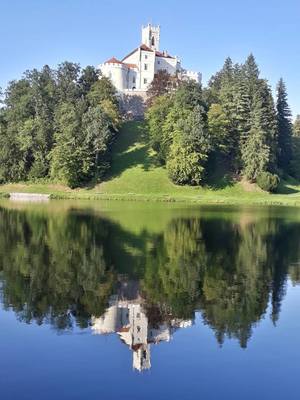
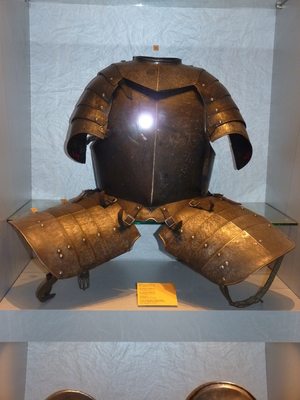
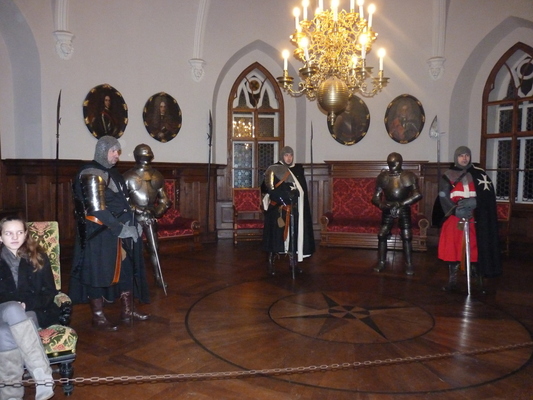
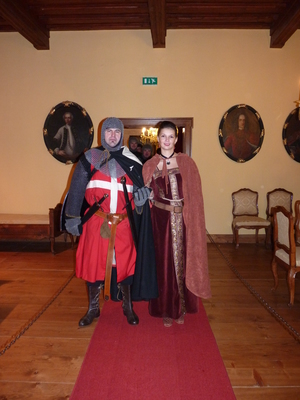
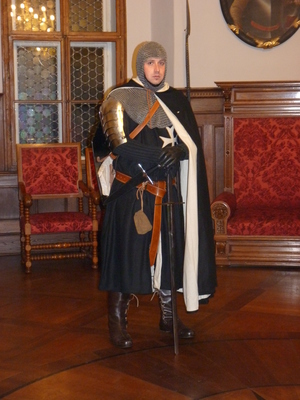
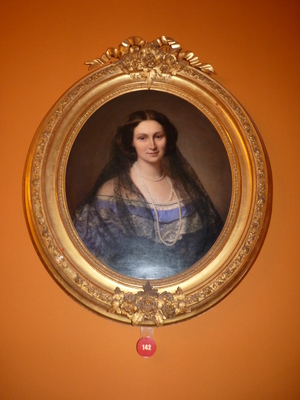
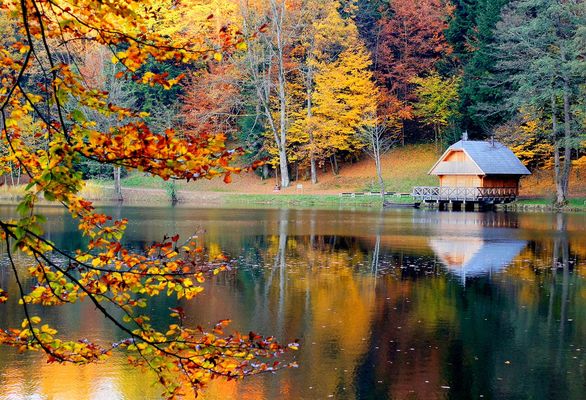
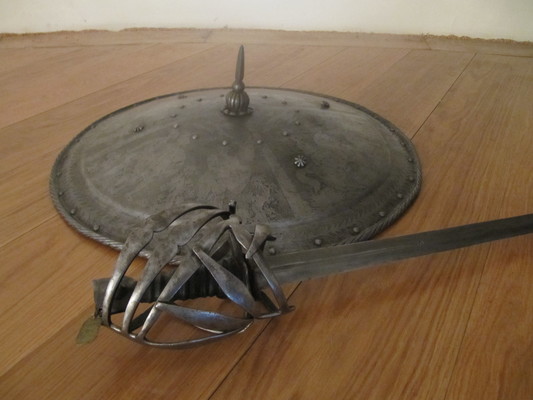
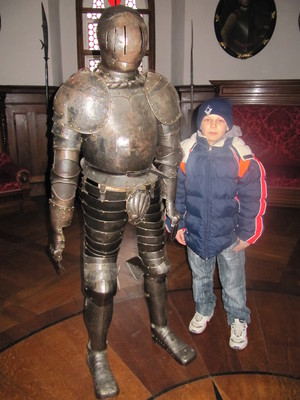
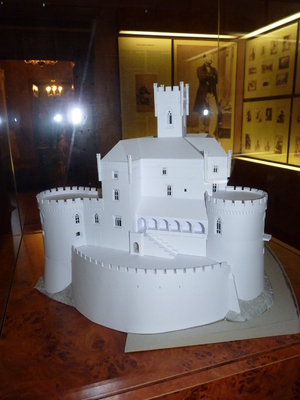
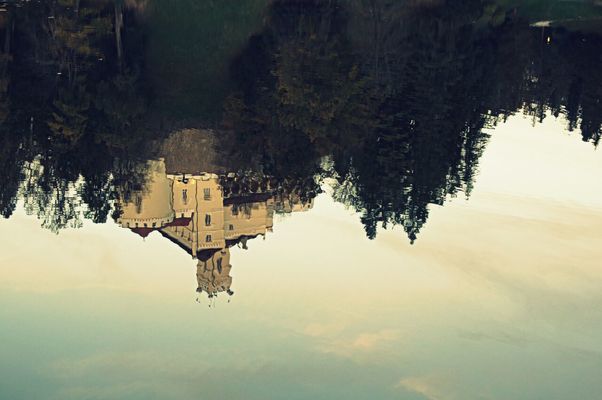
Primary school kraljice Jelene, Solin - Croatia
Fortress in Klis
